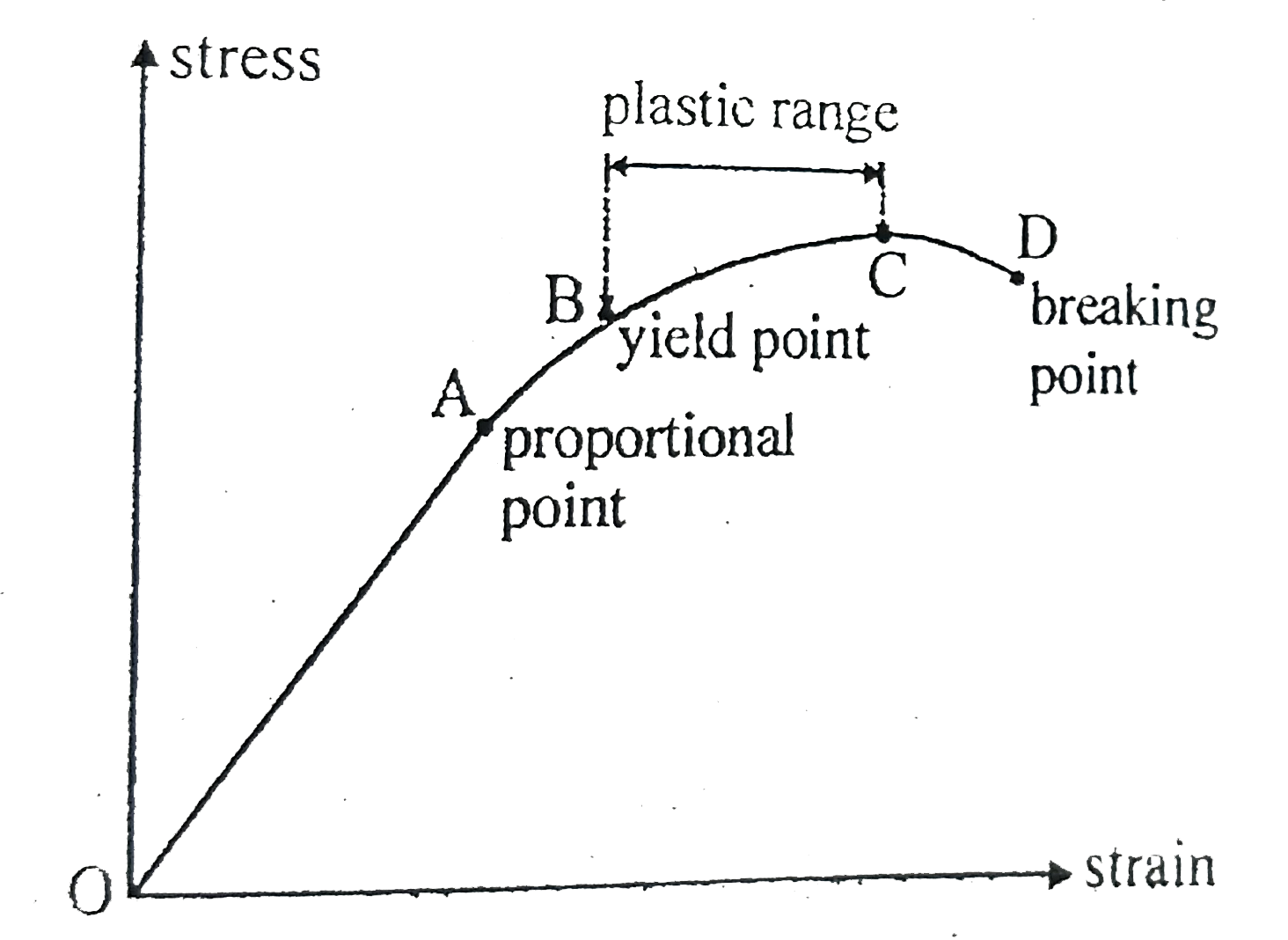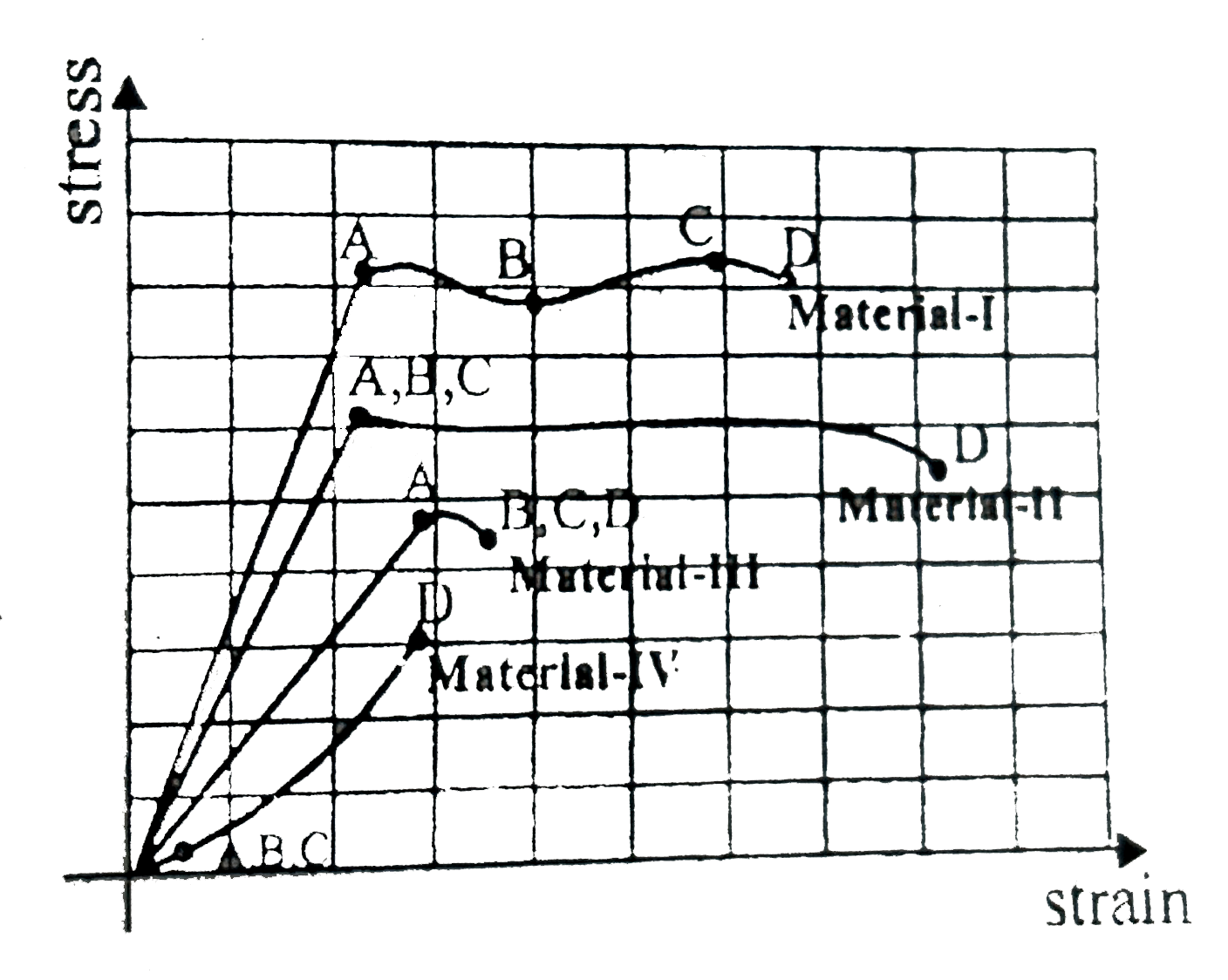Lagoon is
(a) Full moon
(b) Sea breaking into land and separated by sand dunes
(c) Spot in desert with presence of water
(d) Horse-shoe shaped coral reef
Full moon
Sea breaking into land and separated by sand dunes
Spot in desert with presence of water
Horse-shoe shaped coral reef.
The correct Answer is:D
To solve the question "Lagoon is," we need to analyze the provided options one by one to determine which one correctly defines a lagoon.
1. Understanding the Term "Lagoon":
- A lagoon is a shallow body of water that is separated from a larger body of water, typically the ocean, by some form of barrier such as coral reefs or sand dunes.
2. Analyzing the Options:
- Option (a): Full moon - This does not relate to the definition of a lagoon. A full moon is a lunar phase and has no connection to water bodies.
- Option (b): Sea breaking into land and separated by sand dunes - While this describes a coastal feature, it does not specifically define a lagoon. A lagoon is not just any separation by sand dunes; it involves a specific shallow water body.
- Option (c): Spot in desert with presence of water - This describes an oasis rather than a lagoon. A lagoon is not defined by being in a desert.
- Option (d): Horse-shoe shaped coral reef - This option closely aligns with the definition of a lagoon. Lagoons can often be found in association with coral reefs and can take on a horseshoe shape due to their formation.
3. Conclusion:
- Based on the analysis, the correct answer is (d) Horse-shoe shaped coral reef.
Final Answer:
(d) Horse-shoe shaped coral reef
---
- A lagoon is a shallow body of water that is separated from a larger body of water, typically the ocean, by some form of barrier such as coral reefs or sand dunes.
- Option (a): Full moon - This does not relate to the definition of a lagoon. A full moon is a lunar phase and has no connection to water bodies.
- Option (b): Sea breaking into land and separated by sand dunes - While this describes a coastal feature, it does not specifically define a lagoon. A lagoon is not just any separation by sand dunes; it involves a specific shallow water body.
- Option (c): Spot in desert with presence of water - This describes an oasis rather than a lagoon. A lagoon is not defined by being in a desert.
- Option (d): Horse-shoe shaped coral reef - This option closely aligns with the definition of a lagoon. Lagoons can often be found in association with coral reefs and can take on a horseshoe shape due to their formation.
- Based on the analysis, the correct answer is (d) Horse-shoe shaped coral reef.
(d) Horse-shoe shaped coral reef
Topper's Solved these Questions
- COELENTERATA AND CTENOPHORA (OR CNIDARIA AND ACNIDARIA)BOOK - DINESH PUBLICATION ENGLISHCHAPTER - COELENTERATA AND CTENOPHORA (OR CNIDARIA AND ACNIDARIA)EXERCISE - CYG
10 Videos
- COELENTERATA AND CTENOPHORA (OR CNIDARIA AND ACNIDARIA)BOOK - DINESH PUBLICATION ENGLISHCHAPTER - COELENTERATA AND CTENOPHORA (OR CNIDARIA AND ACNIDARIA)EXERCISE - CYG
10 Videos
- CHROMOSOMAL BASIS OF INHERITANCEBOOK - DINESH PUBLICATION ENGLISHCHAPTER - CHROMOSOMAL BASIS OF INHERITANCEEXERCISE - Check Your Grasp
57 Videos
- DIGESTION AND ABSORPTIONBOOK - DINESH PUBLICATION ENGLISHCHAPTER - DIGESTION AND ABSORPTIONEXERCISE - CYG
10 Videos
Similar Questions
Name the process associated with the following
(a) Dry ice is kept at room temperature and at one atmospheric pressure.
(b) A drop of ink placed on the surface of water contained in a glass spreads throughout the water.
(c) A potassium permanganate crystal is in a beaker and water is poured into the beaker with stirring.
(d) An acetone bottle is left open and the bottle becomes empty.
(e) Milk is churned to separate cream from it.
(f) Settling of sand when a mixture of sand and water is left undisturbed for some time.
(g) Fine beam of light entering through a small hole in a dark room. Illuminates the particles in its paths.
View SolutionConsider the following statements (A-D) each with one or two blanks.
(A) Four characters of chordates are the presence of (i)_____ dorsal hollow nervous system, (ii)_____ and muscular tail
(B) Agnatha are the most primitive craniates. They are commonly called (iii)_____ vertebrates
(C) Electric ray belongs to class (iv)_____ while sea horse belongs to class (v)_____
(D) (vi)_____ are also defined as feathered bipeds. These have a (vii)_____ gland on the tail
Which one of the following options, correctly fills any two of the given statements ?
View SolutionSuggest separation technique(s) one would need to employ to separate the following mixtures.
(a) Mercury and water
(b) Potassium chloride and ammonium chloride
(c) Common salt, water and sand
(d) Kerosene oil, water and salt
View SolutionName the process by which the components of following mixtures can be separated.
(a) Powdered glass and sugar
(b) Chalk powder and iron filings
(c) Chaff and grain
(d) Salt and water
(e) Wheat and sugar
(f) Sand and camphor
(g) Sugar and water
View SolutionWhich separation techniques will you apply for the separation of the following ?
(a) Sodium chloride from its solution in water.
(b) Ammonium chloride from a mixture containing sodium chloride and ammonium chloride.
(c ) Small pieces of metal in the engine oil of a car.
(d) Different pigments from an extract of flower petals.
(e ) Butter from curd.
(f) Oil from tea.
(g) Tea leaves from tea.
(h) Iron pins from sand.
(i) Wheat grains from husk.
(j) Fine mud particles suspended in water.
View SolutionAnswer question numbers 4(a)-4 (d) on the basis of your understanding of the following paragraph and the related studied concepts:
India today is facing the problem of overuse of resources, contamination of water and soil and lack of methods of processing the waste.The time has come for the world to say goodbye to "single-use plastics".steps must be undertaken to develop environment-friendly substitutes, effective plastic waste collection and methods of its disposal.
Indore treated 15 lakh metric tonnes of waste in just 3 years,through biomining and bioremediation techniques.Bioremediation involves introducing microbes into landfill to naturally 'break' it down and biomining involves using trommel machines to shift through the waste to separate the 'soil' and the waste component.The city managed to chip away 15 lakh metric tonnes of waste at a cost of around Rs.10 crore.A similar experiment was successfully carried out in Ahmedabad also.
(a) State two methods of effective plastic waste collection in your school.
(b) Name any two uses of "single-use plastic" in daily life.
(c) If we discontinue the use of plastic,how can an environment-friendly substitute be provided?
(d) Do you think microbes will work similarly in landfill sites as they work in the laboratory?Justify your answer.
View SolutionFigure shows the relationship between tensile stress and strain for a typical material. Below proportional point A, stress is directly proportional to strain which means Young's moudulus (Y) is a constant. In this region the material obeys Hooke's law.

Provided the strain is below the yield point 'B' the material returns to its original shape and size when the force is removed. Beyond the yield point, the material retains a permancnt deformation after the stress is removed. For stresses beyond the yeld point, the material exhibit plastic flow, which means that it continues to elongate for little increases in the stress. Beyond C a local constriction occurs. The material fractures at D (i.e. breaking point). The graph below shows the stress-strain curve for 4 different materials.

If you bough a new shoe which bites in the beginning and later on fits perfectly, then the material used to making the shoe is
View SolutionFigure shows the relationship between tensile stress and strain for a typical material. Below proportional point A, stress is directly proportional to strain which means Young's moudulus (Y) is a constant. In this region the material obeys Hooke's law.

Provided the strain is below the yield point 'B' the material returns to its original shape and size when the force is removed. Beyond the yield point, the material retains a permancnt deformation after the stress is removed. For stresses beyond the yeld point, the material exhibit plastic flow, which means that it continues to elongate for little increases in the stress. Beyond C a local constriction occurs. The material fractures at D (i.e. breaking point). The graph below shows the stress-strain curve for 4 different materials.

If you bough a new shoe which bites in the beginning and later on fits perfectly, then the material used to making the shoe is
View SolutionFigure shows the relationship between tensile stress and strain for a typical material. Below proportional point A, stress is directly proportional to strain which means Young's moudulus (Y) is a constant. In this region the material obeys Hooke's law.

Provided the strain is below the yield point 'B' the material returns to its original shape and size when the force is removed. Beyond the yield point, the material retains a permancnt deformation after the stress is removed. For stresses beyond the yeld point, the material exhibit plastic flow, which means that it continues to elongate for little increases in the stress. Beyond C a local constriction occurs. The material fractures at D (i.e. breaking point). The graph below shows the stress-strain curve for 4 different materials.

If you bough a new shoe which bites in the beginning and later on fits perfectly, then the material used to making the shoe is
View SolutionA glass full of water upto a height of 10 cm has a bottom of are 10cm2, top of area 30cm2 and volume 1 litre.
(a) Find the force exerted by the water on the bottom.
(b) Find the resultant force exerted by the sides of the glass on the water.
(c ) If the glass is convered by a jar and the air inside the jar is completely pumped out, what will be the answer to parts (a) and (b).
(d) If a glass of different shape is used, provided the height, the bottom area, the top area and the volume are unchanged, will the answer to parts (a) and (b) change.
Take g=10m/s3, density of water=103kg/m3 and atmospheric pressure =1.01×105N/m2.
View Solution
